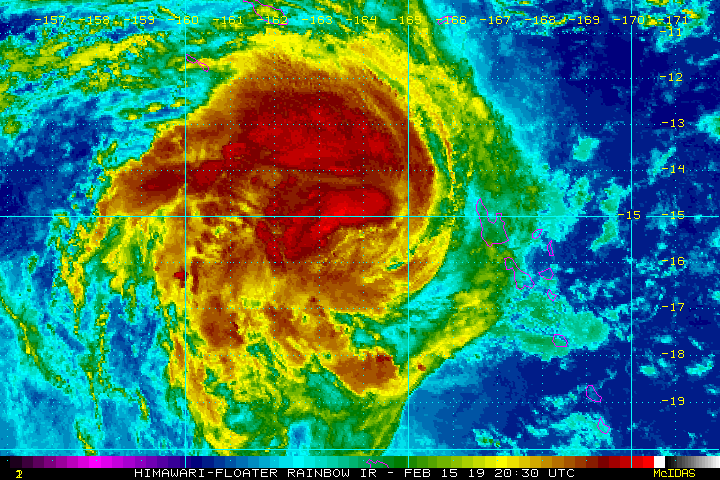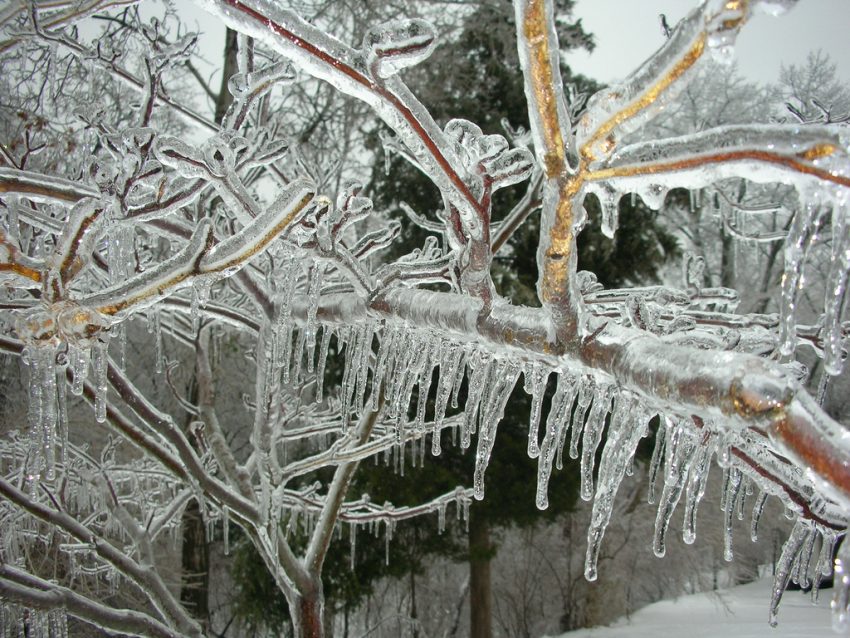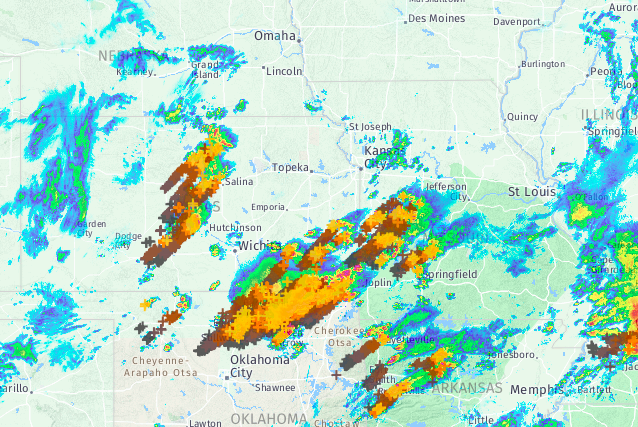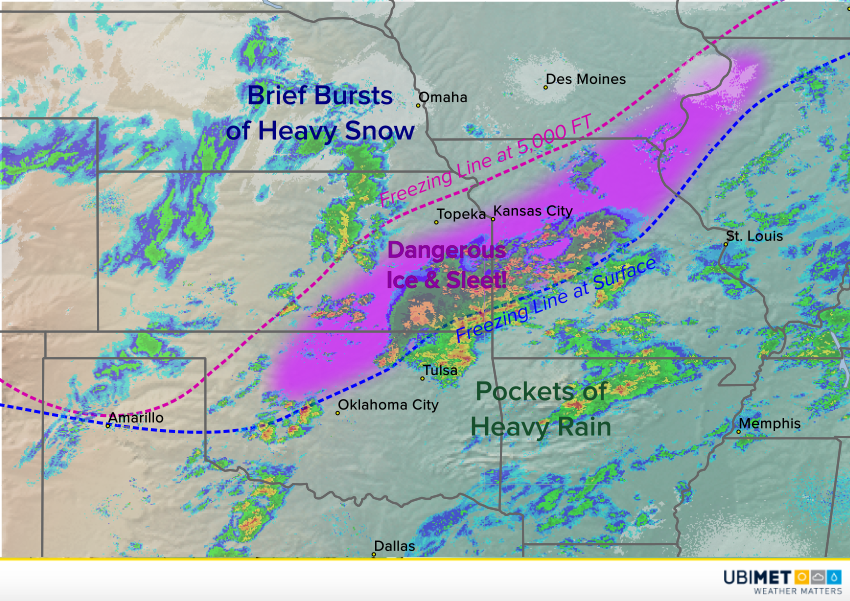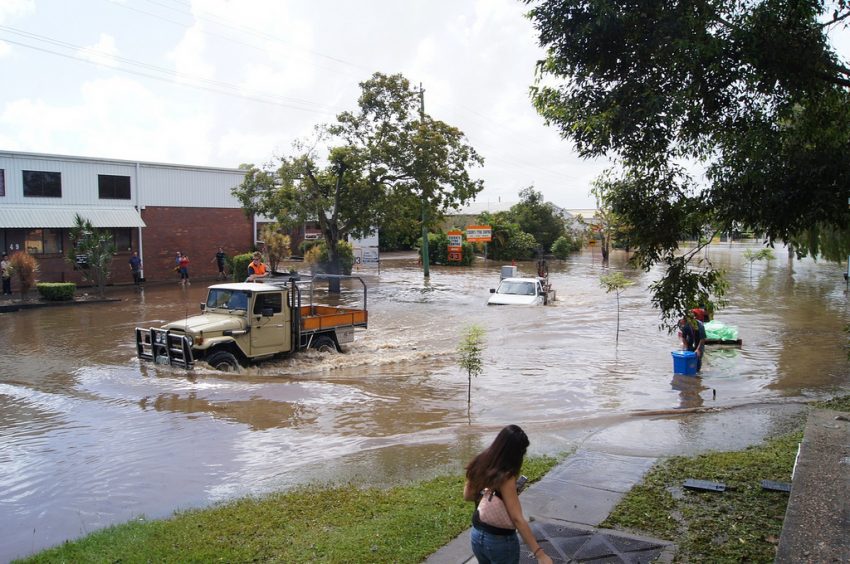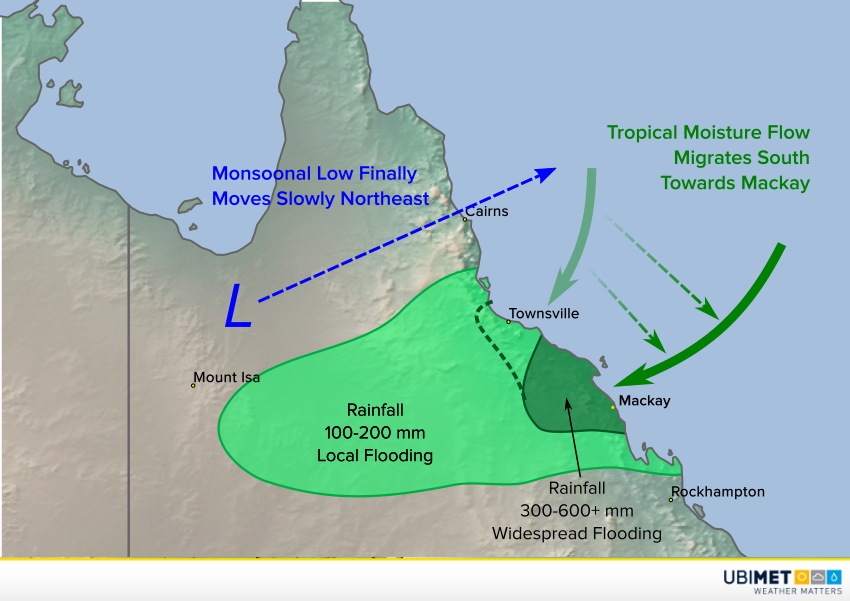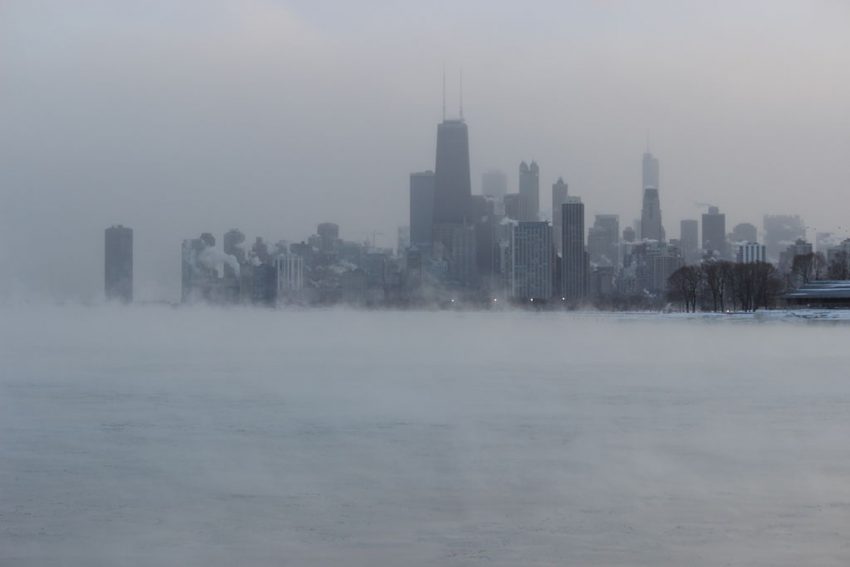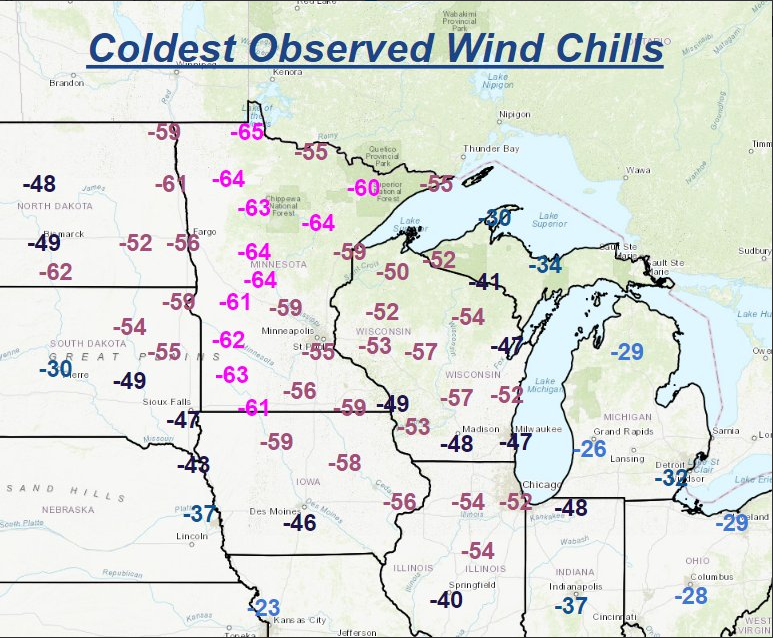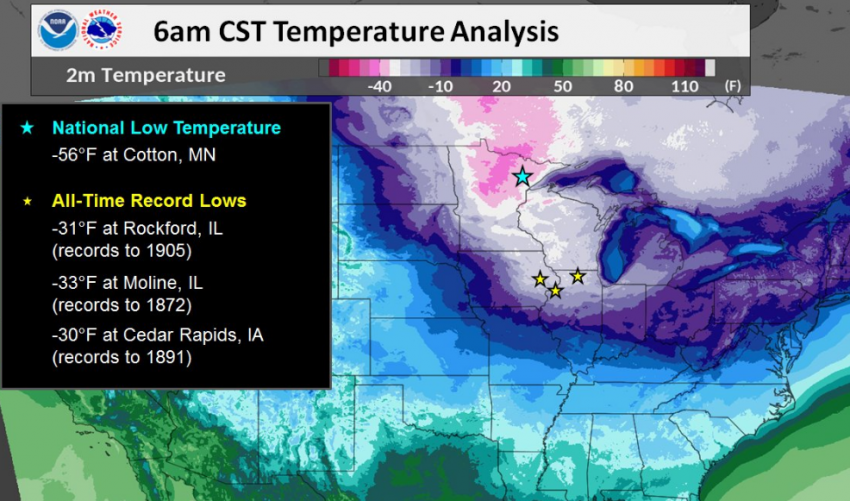Cyclone Oma To Brush Past New Caledonia, A Distant Threat for Mainland Australia
Tropical Cyclone Oma has been steadily strengthening today as it moves slowly over the eastern Coral Sea. Over the next few days, it will be skirting past Vanuatu and New Caledonia, lashing those islands with gusty winds and locally heavy rain. Looking further ahead to next week, we can’t rule out some significant impacts for eastern Australia.
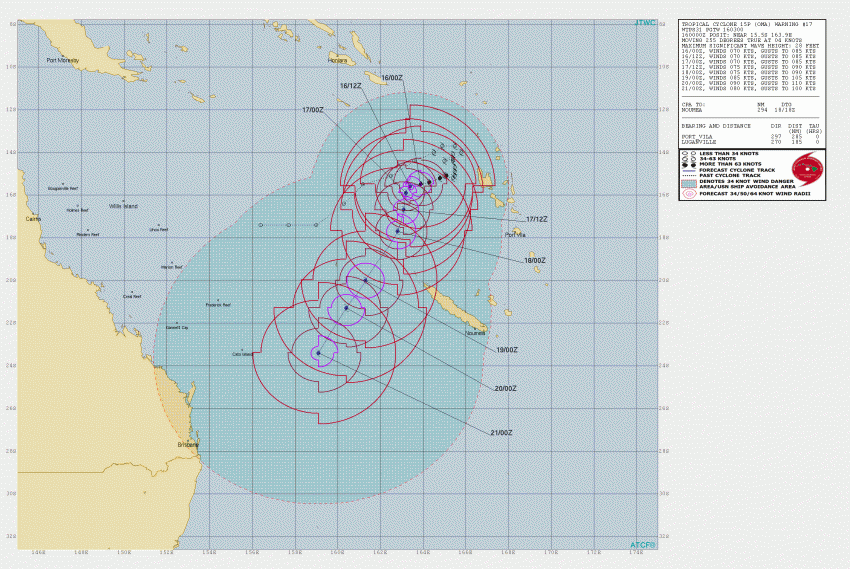
Model guidance carries the storm southwest and eventually south over the Coral Sea in the next several days. Most of the models continue the turn to the southeast towards the open ocean. However, a few models track the cyclone closer to the Australian coast. At this time, this solution is considered unlikely but not out of the realm of possibility. Water temperatures off the eastern Australian coast don’t support a major cyclone, but significant impacts can still occur with a weakening storm.
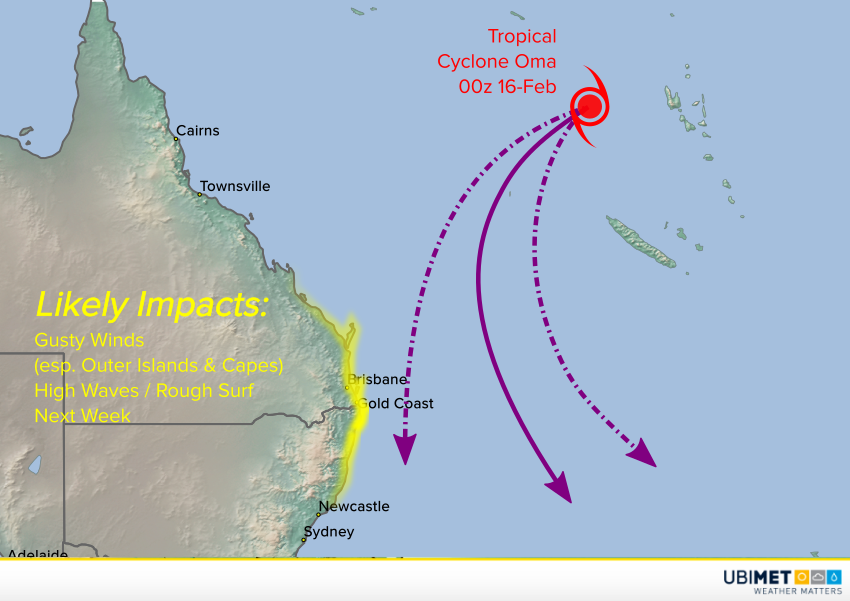
Even if the cyclone stays well offshore, coastal eastern Australia could still see noticeable effects next week. High waves and heavy surf can occur thousands of kilometers from a cyclone. Gusty winds are also likely for the outer islands and exposed capes. Of course, a closer pass from the cyclone would mean more dangerous hazards. We’ll keep a close eye on the trends.
